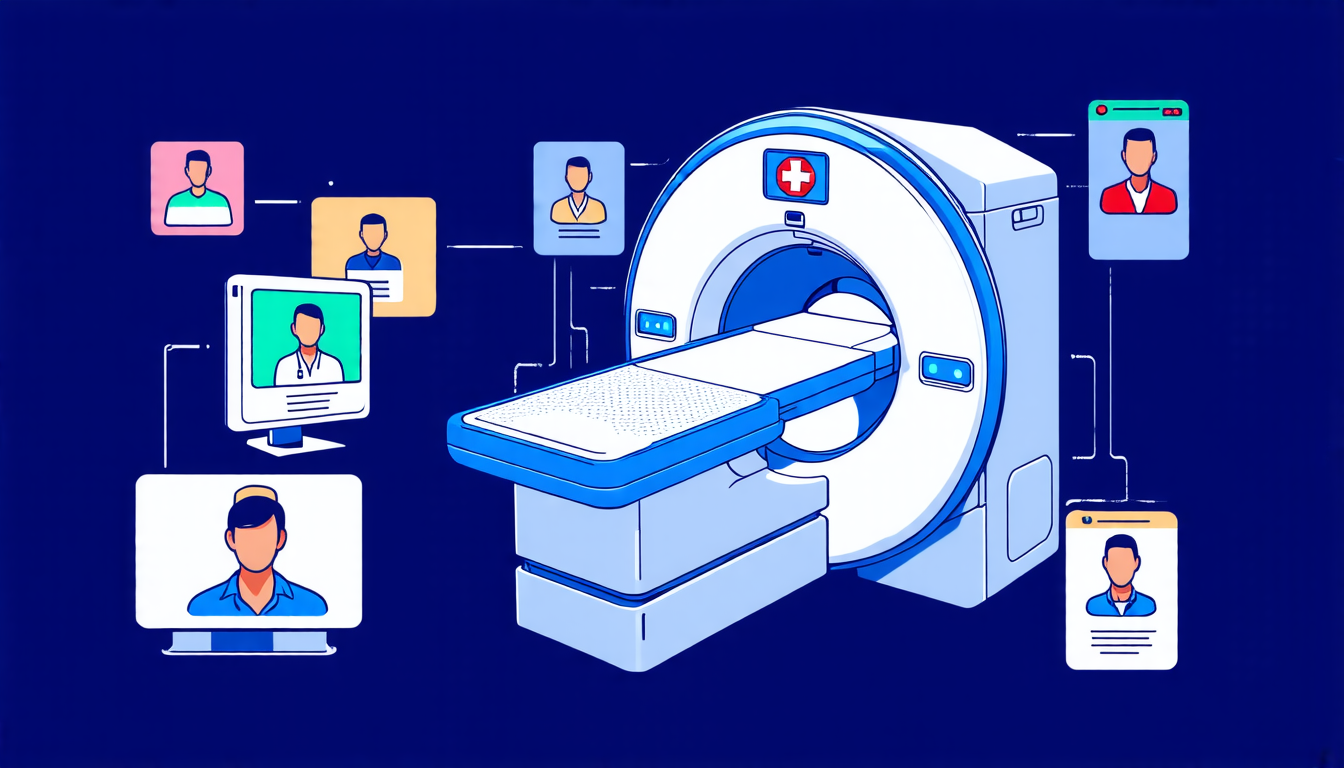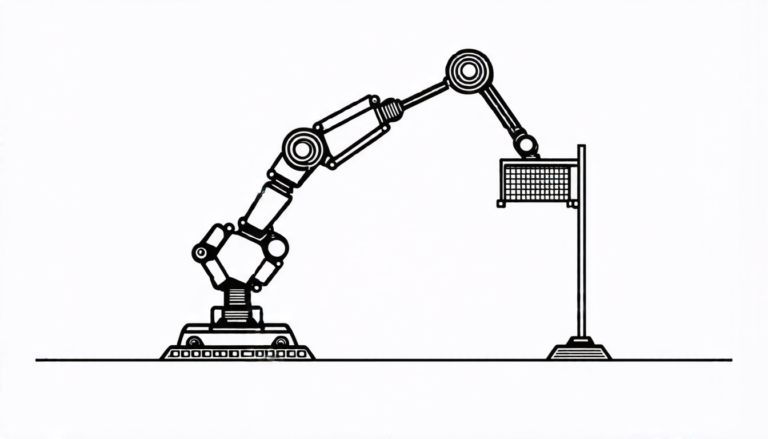Saturday 29 March 2025
The latest advancements in medical image analysis have brought about a significant shift in how healthcare professionals diagnose and treat various conditions. The development of foundation models, which are large-scale artificial intelligence (AI) systems that can be fine-tuned for specific tasks, has revolutionized the field. These models are capable of processing vast amounts of data, including images, text, and audio, to provide accurate diagnoses and treatment plans.
One of the most significant benefits of these foundation models is their ability to reduce bias in medical imaging analysis. Traditionally, AI systems have been trained on datasets that are inherently biased, leading to inaccurate results and perpetuating health disparities. The new generation of foundation models, however, has been designed with fairness in mind. By using diverse and representative datasets, these models can provide more accurate diagnoses and treatment plans for patients from all backgrounds.
Another significant advantage of foundation models is their ability to handle multiple modalities of data. Medical imaging analysis often involves the use of multiple types of images, such as X-rays, MRIs, and CT scans. Foundation models can process these images simultaneously, allowing healthcare professionals to gain a more comprehensive understanding of patients’ conditions. This can lead to more accurate diagnoses and improved treatment outcomes.
The development of foundation models has also led to significant advancements in the field of medical image segmentation. Segmentation involves identifying specific features or structures within an image, such as tumors or organs. Foundation models are capable of segmenting images with high accuracy, allowing healthcare professionals to gain a better understanding of patients’ conditions and develop more effective treatment plans.
The use of foundation models has also led to the development of new medical imaging applications. For example, researchers have used foundation models to develop AI-powered systems that can detect signs of cancer in medical images. These systems have been shown to be highly accurate and could potentially revolutionize the way cancer is diagnosed and treated.
Despite the many benefits of foundation models, there are still challenges to overcome. One of the biggest challenges is ensuring that these models are trained on diverse and representative datasets. This can be difficult, as it requires collecting and labeling large amounts of data from diverse populations. Another challenge is developing models that are transparent and explainable, so that healthcare professionals can understand how they arrived at a particular diagnosis or treatment plan.
In recent years, there has been an increasing focus on the governance of AI systems in healthcare. This includes ensuring that these systems are used ethically and responsibly, as well as developing regulations to govern their use.
Cite this article: “Foundation Models Revolutionize Medical Image Analysis”, The Science Archive, 2025.
Artificial Intelligence, Medical Image Analysis, Foundation Models, Healthcare, Diagnosis, Treatment Plans, Bias Reduction, Multimodal Data, Segmentation, Cancer Detection.







